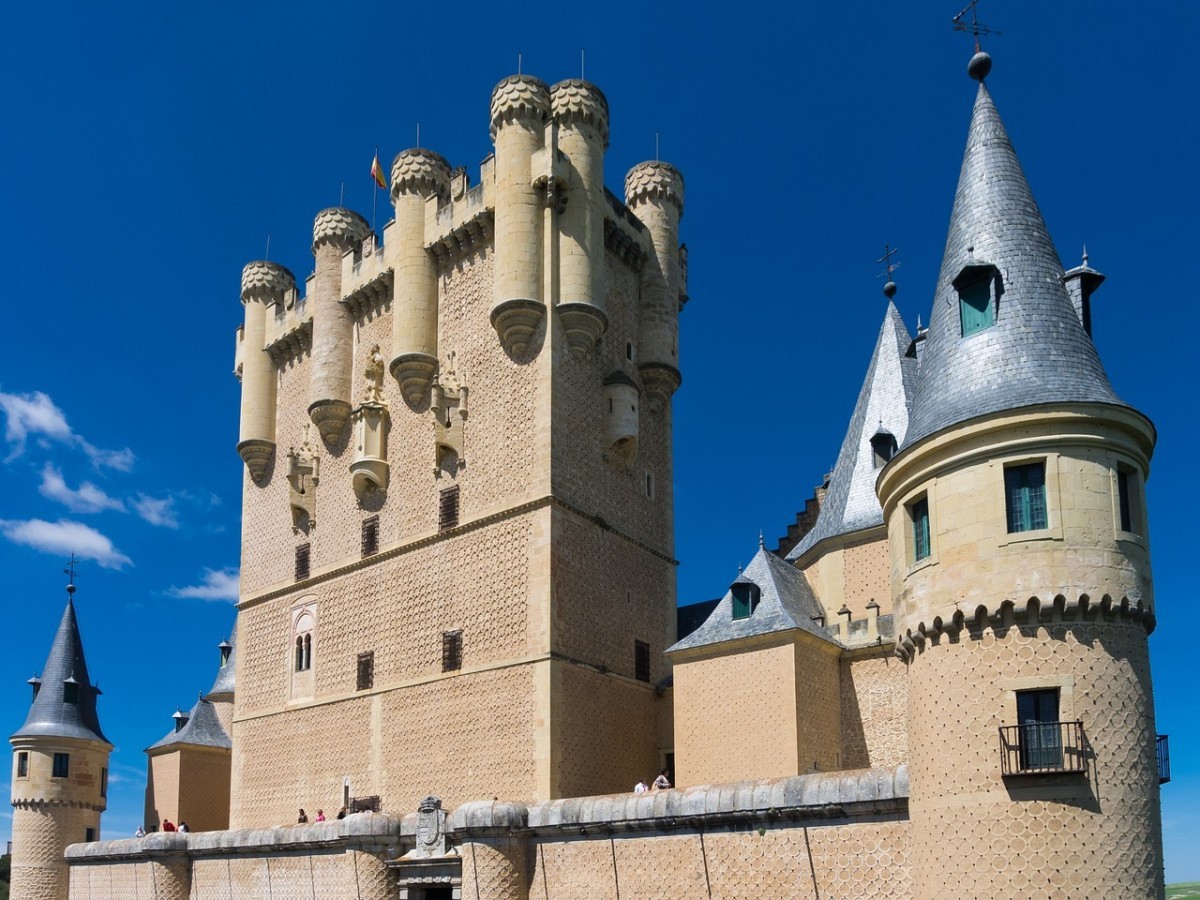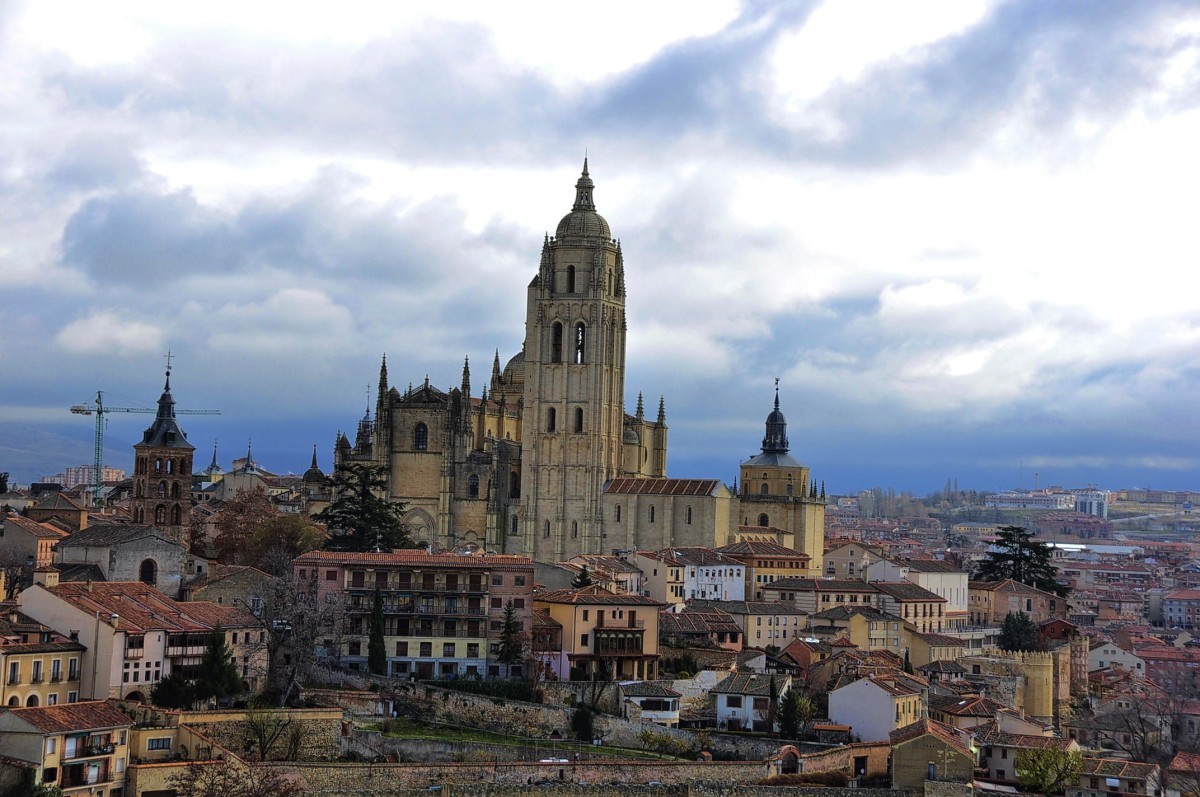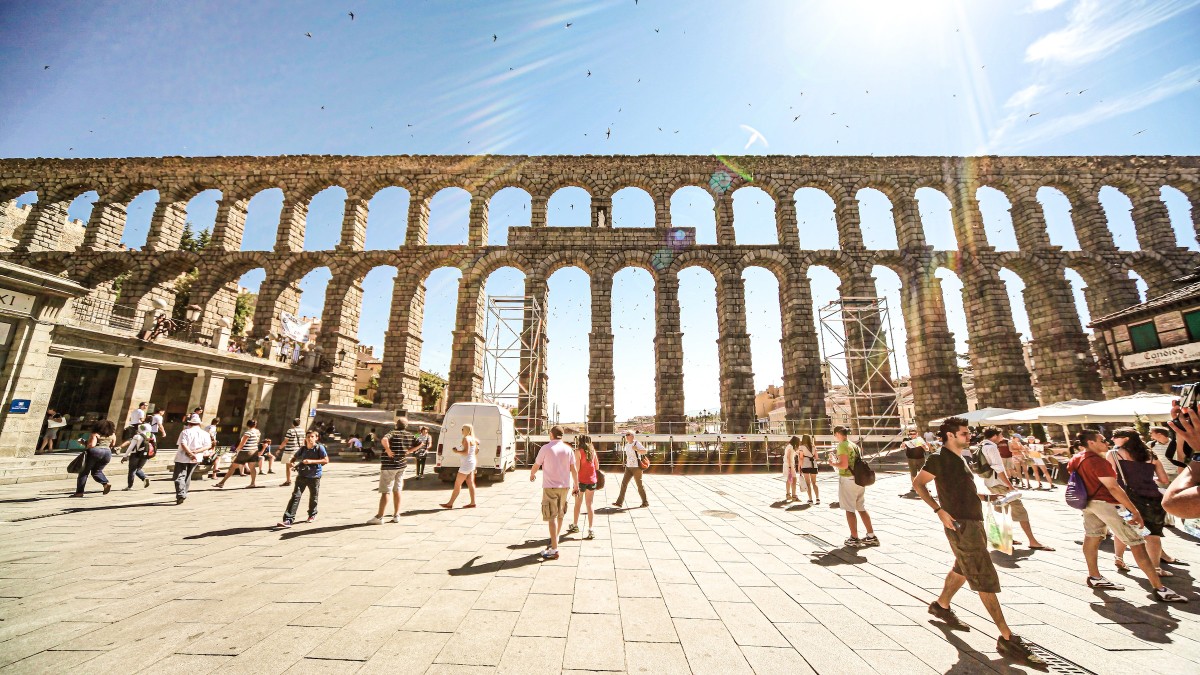
Granada's Alhambra, Cordoba's Mezquita, Merida's Roman theatre, Avila's city walls, Empuries' ruins, Burgos' Cathedral and Segovia's Aqueduct are just some of the historical monuments that, over time, different cultures and civilisations have left Spain, making it a country with a rich and varied historical and cultural heritage. Today's post is about Segovia's most-cherished monument, the aqueduct, built almost 2000 years ago by the Romans and surrounded by a fascinating legend and history.
The girl who almost sold her soul to the devil
Nowadays, we have all kinds of technologies to help us overcome uneven ground, like lifts, escalators and vehicles, but this was not always the case. There is a popular legend surrounding Segovia's Aqueduct. Many years ago, a brave little girl had to climb a steep mountain every day with an empty pitcher to get water from a spring at the top.
The girl grew so tired of this arduous journey that she decided to make a pact with the devil. She asked him to build something that would make her daily chore easier. The devil decided to build an aqueduct but on one condition: if he completed it before the cock crowed, she must give him her soul.
Regretting her plea, the girl saw how the devil quickly got to work and frantically started to pray that he would not finish in time. Just when there was only one stone left to lay, the sun rose and the cock crowed.
Defeated by dawn, the devil failed to claim the girl's soul.
In the hollow where the last stone was never laid, now stands a statue, which is believed to honour Our Lady of Cabeza, a symbol of protection and salvation.
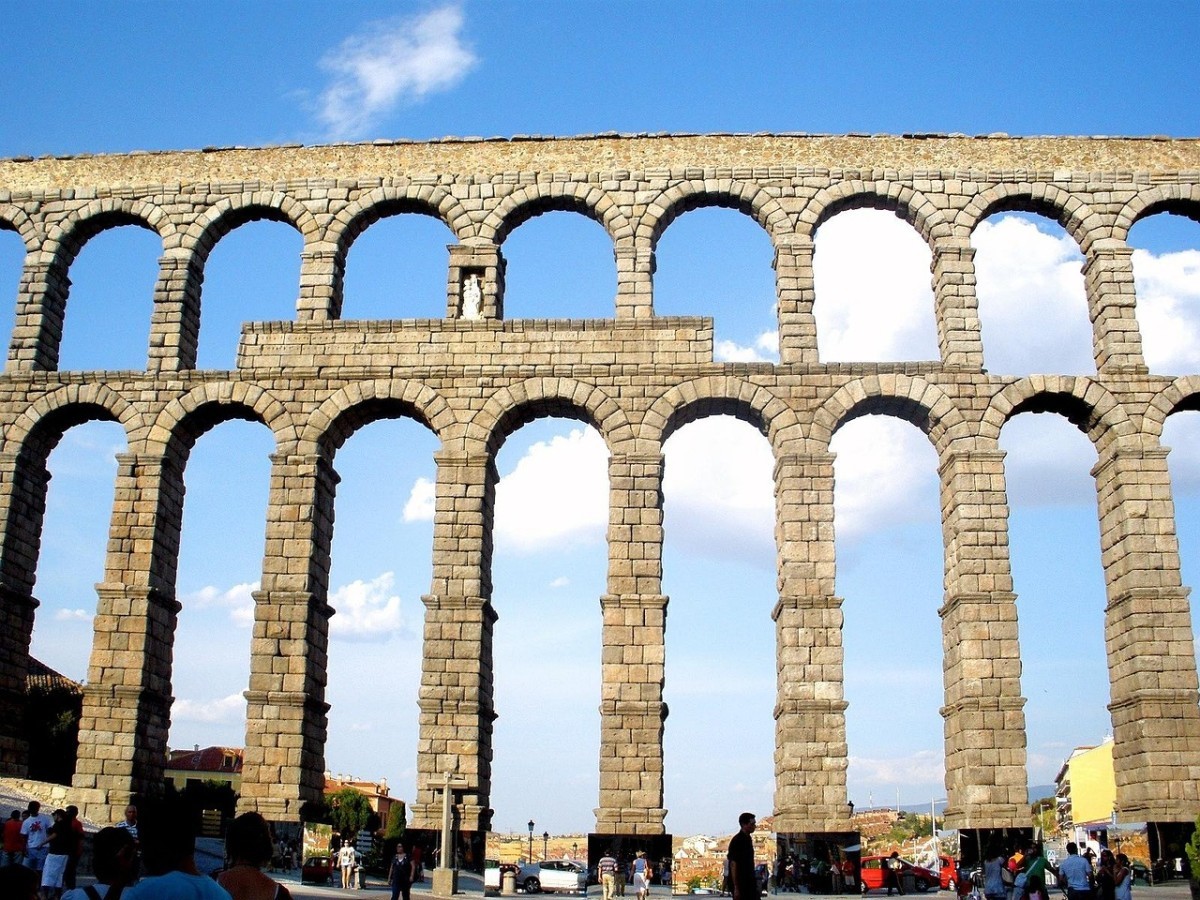
Almost 2,000 years of history
Segovia's aqueduct is a masterpiece of Roman engineering and its exact construction date has long been the subject of debate. Although there is no legible inscription with precise information, archaeological studies have provided some clues about its origin.
For many years its construction was dated to the 1st century AD, during the reigns of the emperors Domitian, Nerva and Trajan. However, in 2016, new archaeological findings were made that suggested that it was slightly later, after 112 AD, during the reign of Trajan, or in emperor Hadrian's earlier years from 117 AD onwards.
In ancient times, the aqueduct supplied Segovia with water from the river Frio, located 17 km away in the La Acebeda region. It travelled approximately 15 km before reaching its final destination. The water was collected in a tank called El Caserón and then travelled through a channel to a second tower known as "Casa de Aguas". There, the water was drained and impurities were removed before continuing on its way.
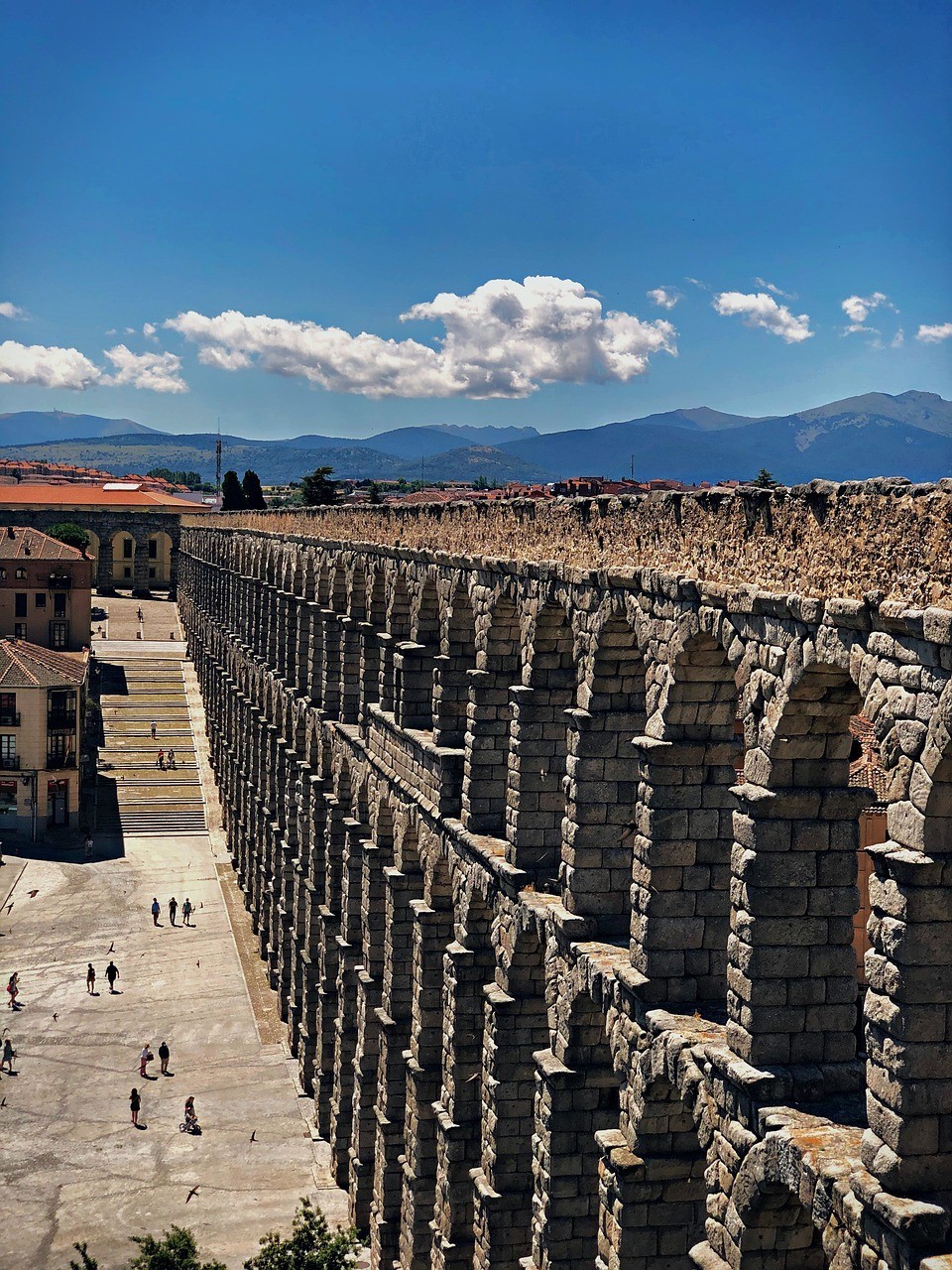
The aqueduct was built in line with principles established by Vitruvius – a renowned Roman architect – in his work De Architectura published in the 1st century BC. It consists of a series of arches, some single and some double, supported by pillars. From the entrance to the city to the Plaza de Díaz Sanz, there are 167 arches in total. The highest point of the aqueduct reaches 28.5 m, including its foundations.
Within the walled city of Segovia, there was a water distribution system, although precise details are not yet fully known. It is understood that the water followed an underground route, which has recently been marked on the city's pavements.
Now that you have both versions, which one do you find more interesting? Whichever you choose, you will certainly never look at this impressive monument in the same way again.
